
AeroGenie — Votre copilote intelligent.
Tendances
Categories
Weston Aviation Receives ISCC Certification for Sustainable Fuel Supply Chain

Weston Aviation Secures ISCC Certification to Enhance Sustainable Fuel Supply Chain
Weston Aviation has obtained the International Sustainability & Carbon Certification (ISCC EU), enabling the company to issue Proof of Compliance (PoC) documentation to fuel customers for all purchases made from September 22 onward. This certification guarantees full traceability of sustainable aviation fuel (SAF) throughout the supply chain, marking a significant advancement as the aviation industry intensifies its commitment to sustainability.
Ensuring Traceability and Compliance
The ISCC certification mandates that Weston Aviation maintain a comprehensive management system to ensure the traceability of sustainable materials and the correct application of the mass balance approach. All biomass and waste-based fuels supplied by the company adhere to ISCC sustainability criteria, which encompass land use restrictions, biodiversity protection, greenhouse gas emissions reduction, and respect for human and labor rights. To uphold these rigorous standards, Weston Aviation implements regular audits, staff training, and thorough data verification processes.
Jack Boyle, head of operations at EnviroSense International and ISCC auditor for Weston Aviation, praised the company’s dedication. He noted, “Their proactive approach to compliance and traceability really highlights their commitment to driving progress in the use of sustainable aviation fuel.”
Since January 1, all jet fuel supplied across the UK and Union airports within Ireland must contain a minimum blend of two percent SAF, calculated on a mass balance basis. ISCC certification is crucial for Weston Aviation to trade PoCs, which are issued by ISCC-certified suppliers and specify the SAF blend supplied. These documents are essential for operators seeking to reclaim under offset schemes.
Ruth Tootill, aviation fuel manager at Weston Aviation, underscored the importance of maintaining the chain of custody. She explained, “The benefit for Weston Aviation becoming ISCC certified is so that we do not break the chain of custody, so that where our ISCC certified supplier provides a PoC for SAF, we offer traceability by passing our own PoC on to our customers. It also demonstrates our commitment to our customers and suppliers to support the progress of sustainability in aviation fuels.”
Challenges and Industry Developments
Despite these advancements, the transition to a fully sustainable fuel supply chain faces challenges. Industry experts highlight that supply-chain bottlenecks and the extended timelines required for infrastructure investment could slow the pace of SAF adoption. Market interest in SAF is growing, as reflected in revised production outlooks from the U.S. Energy Information Administration and an International Air Transport Association (IATA) study identifying SAF technology rollout as a primary bottleneck for the sector.
In response, competitors are forging strategic partnerships to accelerate sustainable fuel development. For example, International Airlines Group and Safran have backed OXCCU’s SAF production process, signaling a broader industry shift toward sustainable aviation fuels.
Weston Aviation’s ISCC certification positions the company at the forefront of this transition, providing customers with verified traceability and compliance as the aviation sector accelerates its move toward more sustainable operations.
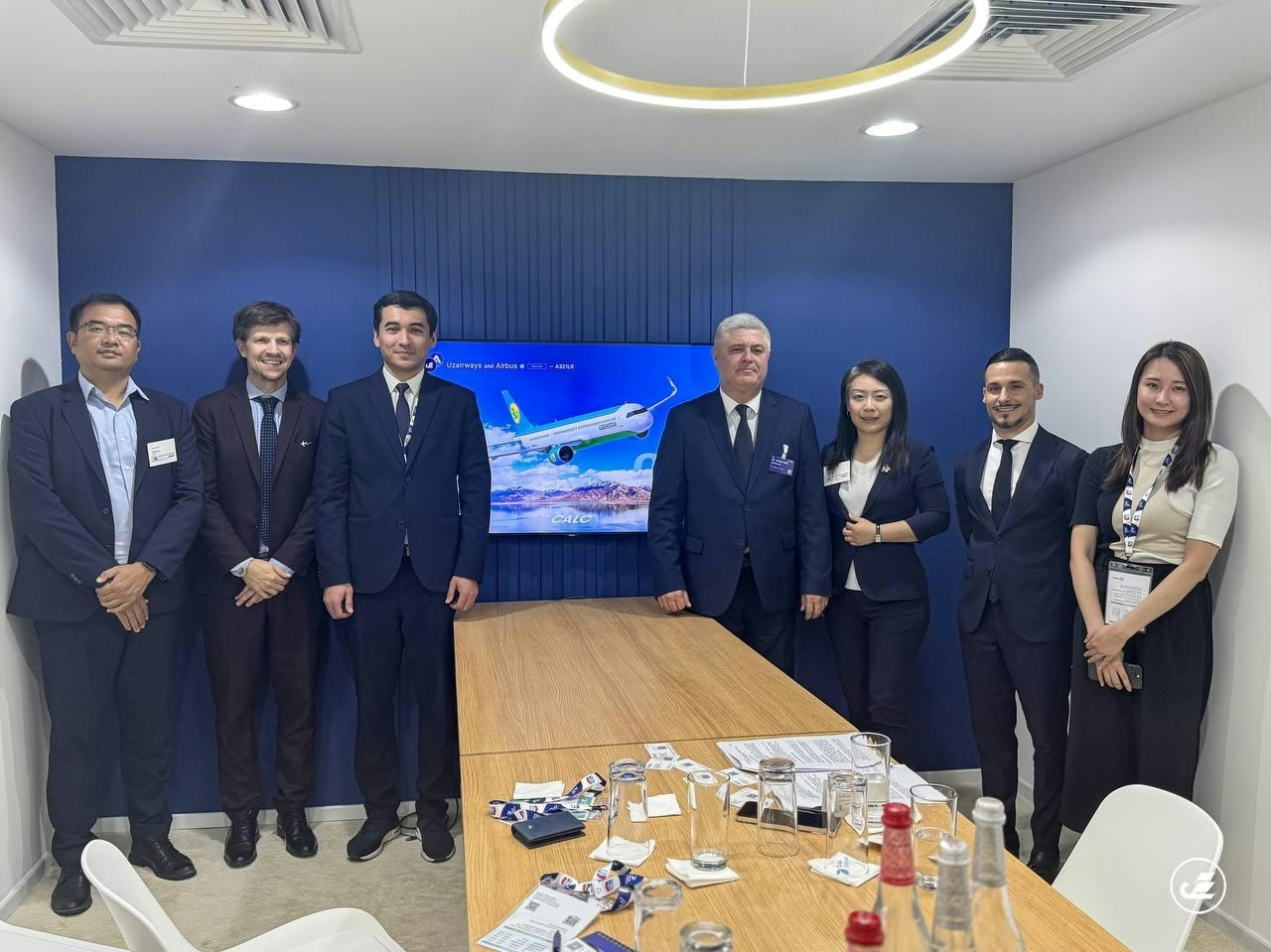
Uzbekistan Airways to Lease Six Additional A321neo Aircraft

What to Know Before Flying on the Airbus A350 XWB
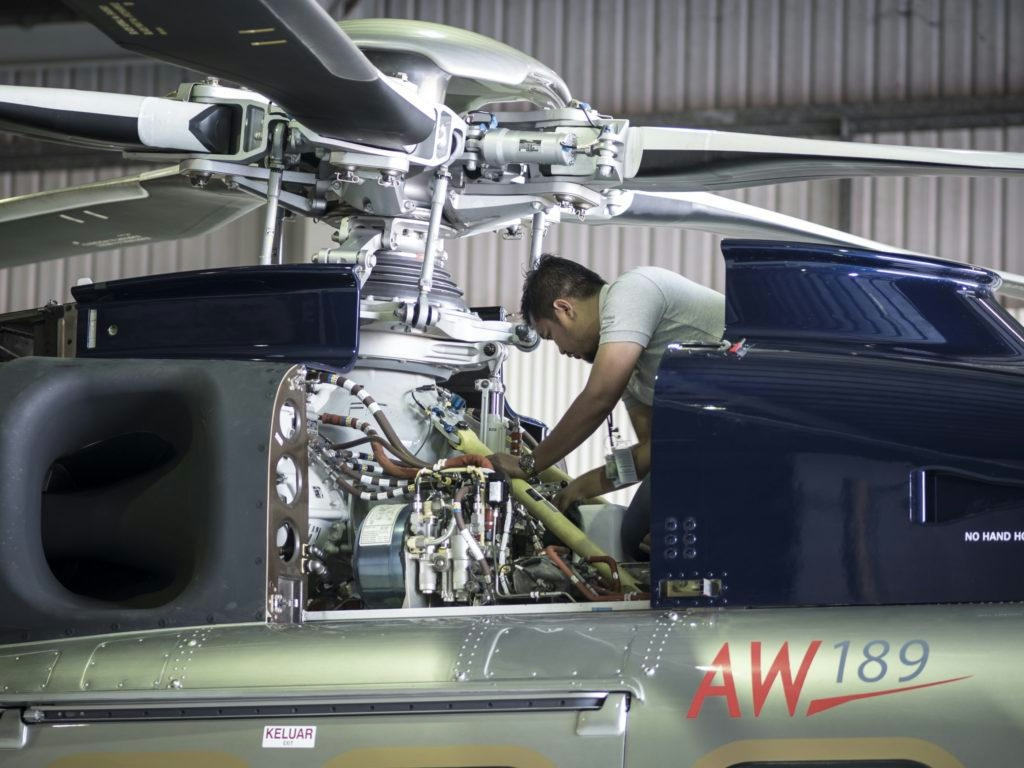
Elevate Aviation Group Expands Maintenance Services

AICM Slot Allocations Move to US Airlines, Report Says
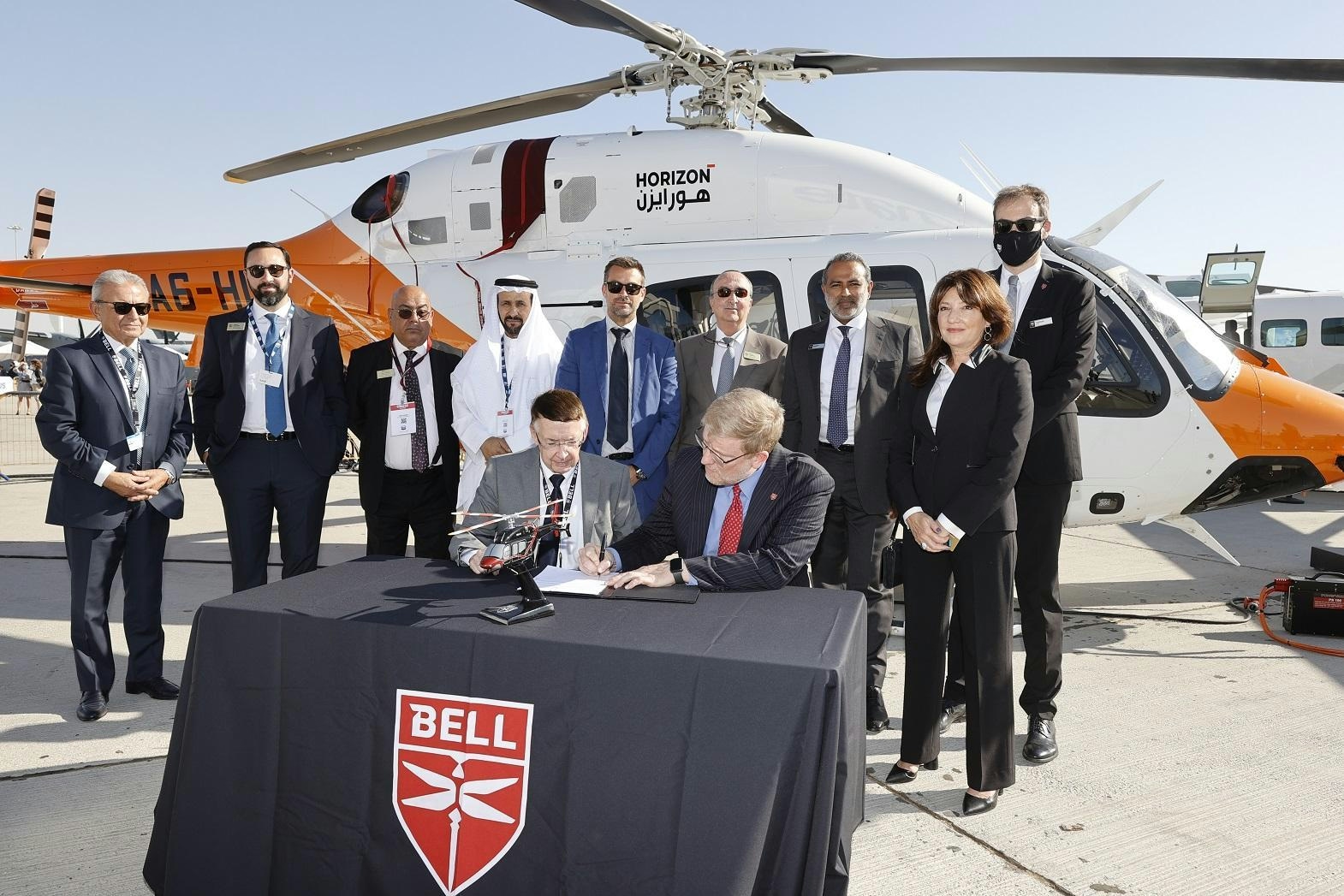
Abu Dhabi Aviation and Honeywell Enhance Helicopter Maintenance Services in UAE
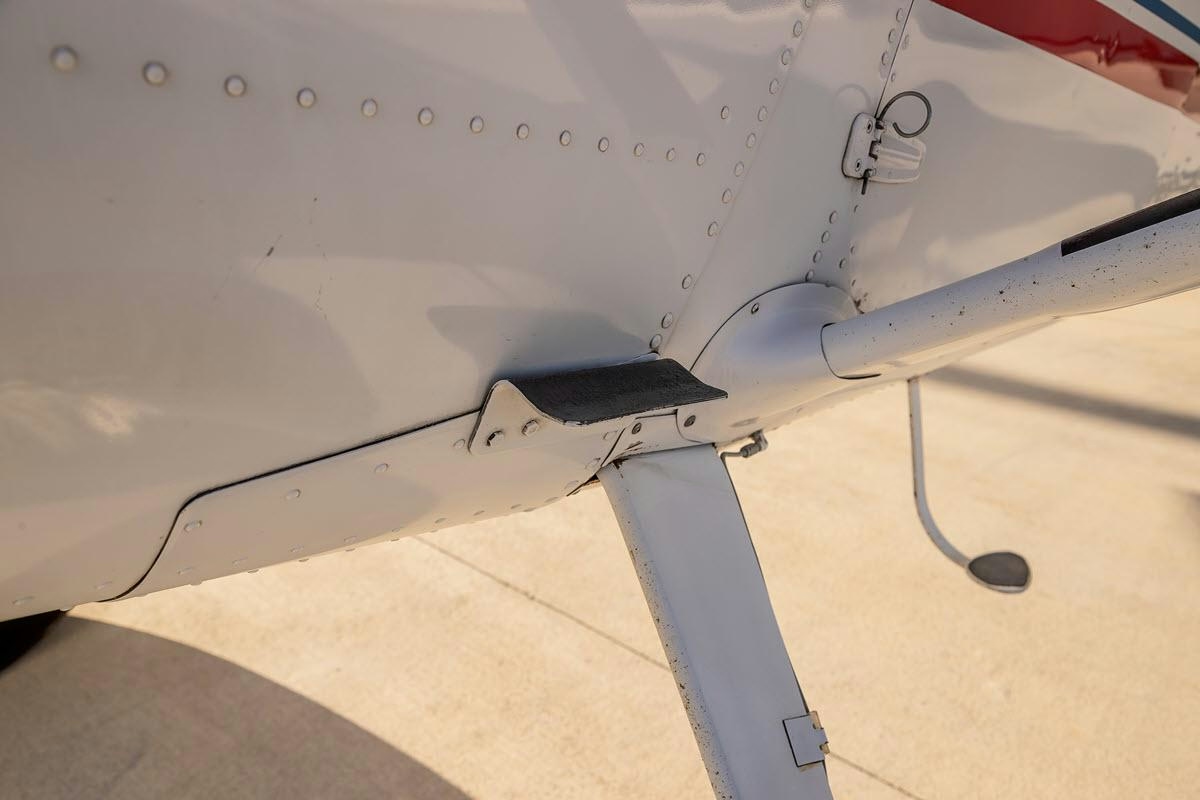
McFarlane Aviation Acquires P. Ponk STCs for Legacy Cessna Aircraft
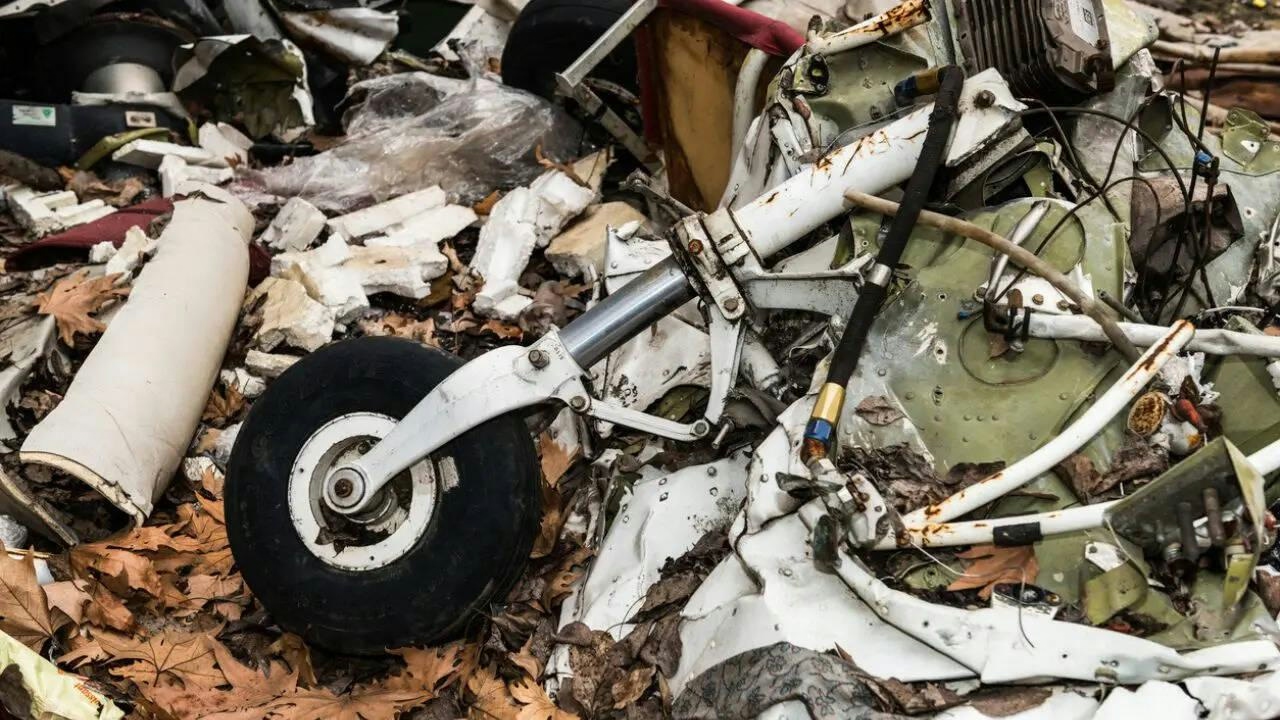
NTSB Releases Preliminary Report on UPS Plane Crash Involving Engine Separation
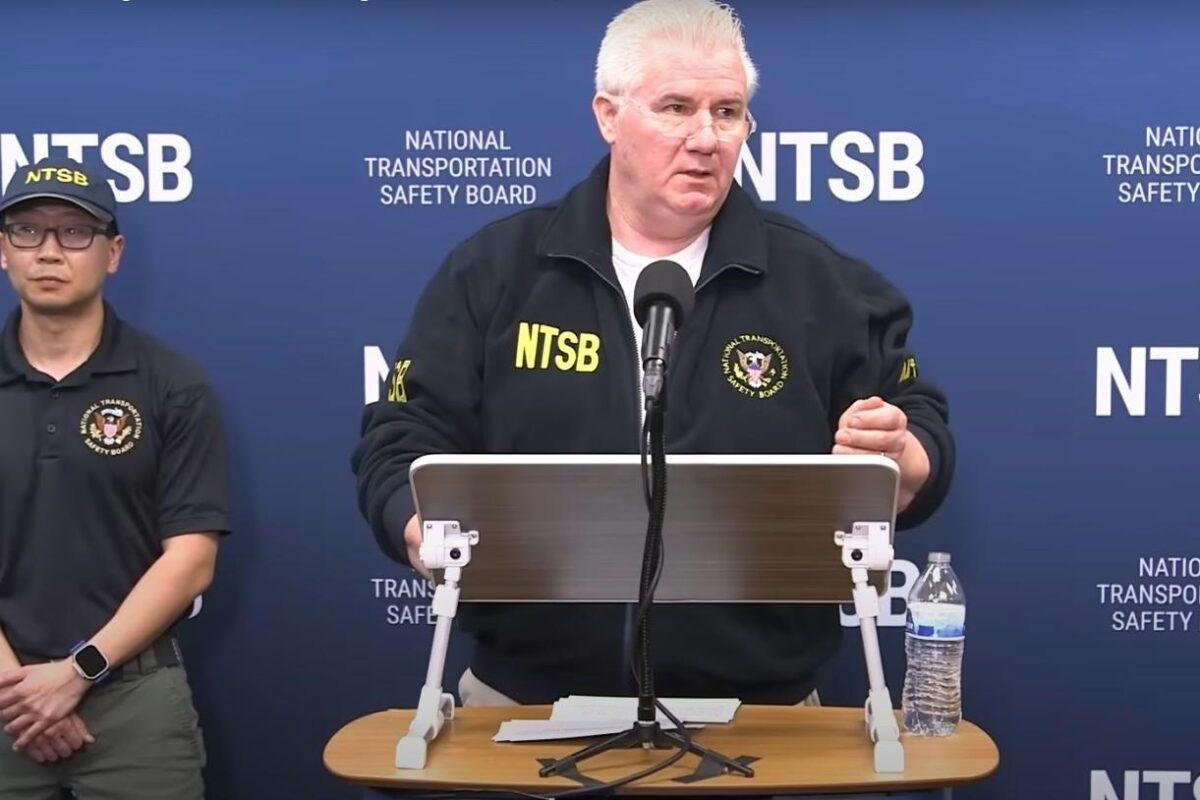
NTSB Investigates Pylon Fatigue Cracks in UPS Flight 2976 Engine Separation
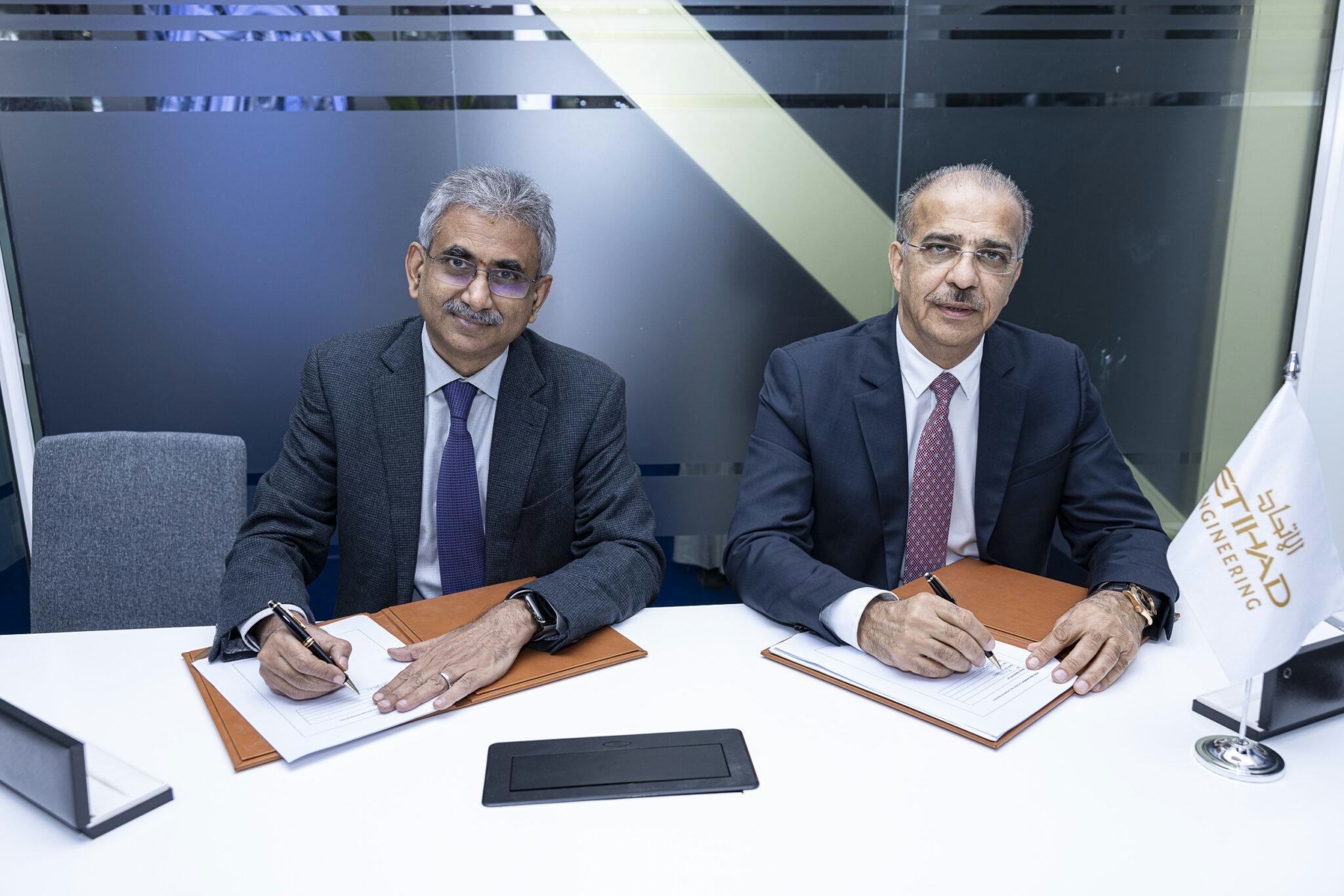
EDGE Strengthens UAE Aerospace Sector Through Partnership with Etihad Engineering
